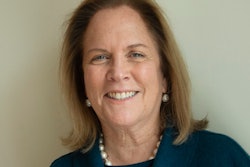Harvard commanded media attention as giving a major boost to Asian American studies. Seen as an academic bit player in the past, the concentration will now be considered a worthy tenant of the ivory tower, finally regarded above the basement level.
So what took the school so long?
Asian American studies has thrived in higher ed for more than 50 years after the first Asian American ethnic studies program was established at San Francisco State University’s College of Ethnic studies, all of it born out of an historic student strike. The spirit spread throughout higher ed, especially to the top tier research institutions in California, notably at UC Berkeley, UCLA and UC Davis. Since then, Asian American studies programs have spread throughout the nation.
 Emil Guillermo
Emil Guillermo
To change that, it took a substantial investment from a number of Asian American alumni. Together, they have contributed over $40 million to an institution with a $39 billion dollar endowment. Harvard could have done it all by itself. But it didn’t. So AAPI alumni stepped up.
The Harvard Gazette named the heroes: Joseph Y. Bae ’94 and Janice Lee ’94; Kenneth Y. Hao ’90; Lorence H. Kim ’95 and Sherry H. Hsiung; Susan Kim ’96, MBA ’03 and David Lee ’93; Roger G. Kuo ’93, MBA ’98 and Julia L. Wong; Tony W. Lee ’94 and So-Chung Shinn; Young J. Lee ’94, MBA ’98 and Young Ju Rhee; and Melissa J. Ma ’92, MBA ’96.
They may or may not have their name on a building, but their names are still wet on the checks.
















